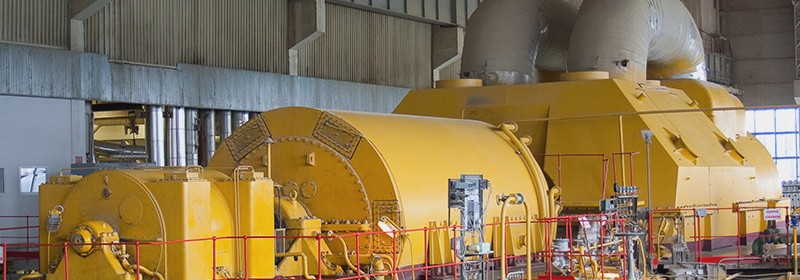Operating Australian Power Stations into the future.
Australian power stations, on average, are now some of the oldest and longest running plants in the world. Many of them were constructed in the early 1980’s to early 1990’s and have now exceeded their 25 year design life. A number of the stations are approaching 35 to 40 years of operation and some plants appear have a planned operational life of 50 years. This is an extraordinary achievement for these plants. It is a real testament to their original design philosophy as well as to the sound operational and maintenance practices developed adopted by the utilities. This certainly has had a positive effect in deferring a lot of capital expenditure.
It certainly makes sense to operate these plants as long as possible provided they operate reliably and are commercially viable. Although,one could argue that society would have benefited with these old plants being shut down and replaced with more modern day plant with much higher efficiencies. Another view could be to simply just close down the plants and replace with renewable energy alternatives (this obviously could easily lead to a discussion on climate change, renewables etc – which I is something I will leave for another day).
There are no real precedents for operating plant well beyond the planned design life, there is very little literature or practical information available on the operational and maintenance issues that might arise and the type of failure modes that are likely to occur for plant equipment. For example, power stations boilers do experience tube failures. A boiler tube failure is not a catastrophic event but certainly reduces availability and hence reduces the revenue stream for power station. The traditional failure modes fora boiler tube, for example, are many and well understood and with well-known mechanisms such as flue gas erosion, tube attachment failures, creep and fatigue and associated interactions, dissimilar metal welds, to name just a few. These are likely to continue but there may well be other types of failure modes and locations that we have not seen yet and cannot be foreseen.
We are entering into a period in the life of these power stations where the old adage “you don’t know what you don’t know” applies. There have already been failures of boiler tubes in locations that were never thought of as a potential point of failure combined with a slightly unusual failure mechanism. Whilst the current level of inspection and test are well thought out and planned, primarily based on historical and experience, there is arguably very little or no little literature or historical information that can be used to predict these and plan for new strategies.
I have listed just boiler tubes but there are many other items of plant which are in a similar situation, for example transformers, turbines etc.
This is a vexing issue and whilst not new to plant owners and asset managers,probably needs a lot more airing and discussion, particularly with the generation market being commercially very tight and maintenance funds are probably being squeezed.



